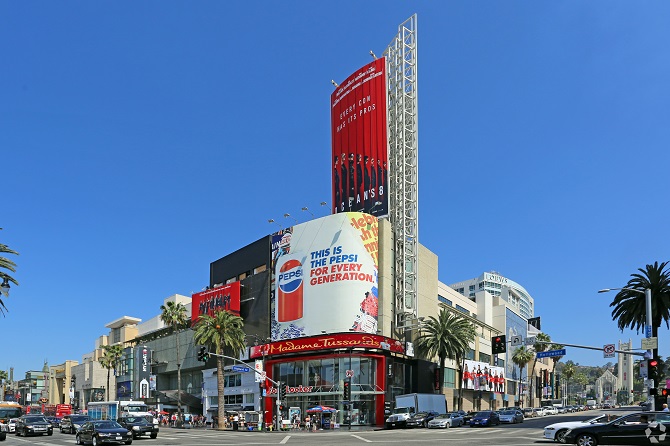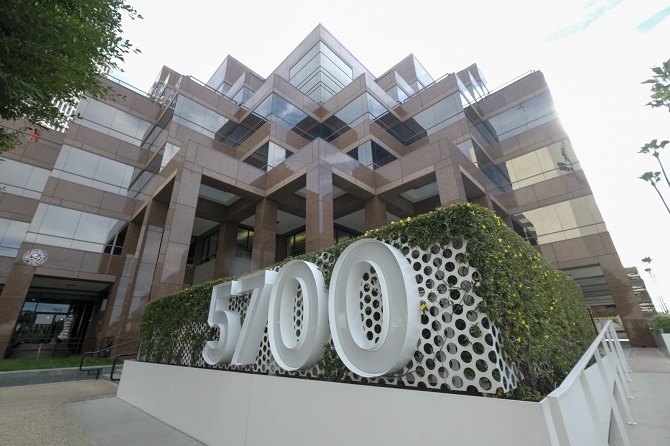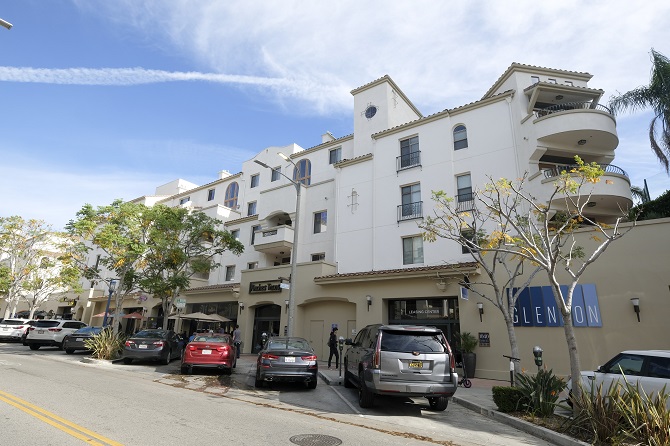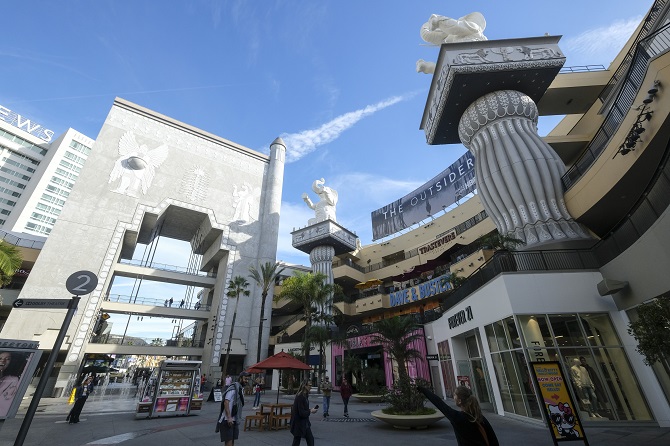
A strong economy, low interest rates and high demand from buyers led to a busy year for real estate sales in 2019, and experts predict that pace will continue throughout 2020.
Barring a change to interest rates or a recession, industry watchers say, the biggest hurdles for investors this year will revolve around supply constraints, especially in the industrial category and the Westside office space.
Here’s a sector-by-sector look at the market.

Industrial
“(Industrial) is the most popular asset class globally today and we’re not seeing any slowdown in the amount of capital to come forward,” Darla Longo an industrial expert with CBRE Group Inc., said.
Longo says she sees 2020 moving at a similar clip to the gains experienced in the previous 12 months.
The biggest industrial deal last year was Harridge Development Group’s $241.5 million sale of the Los Angeles Times’ downtown printing plant, a 26-acre site, to New York-based Atlas Capital Group.
Other large sales included: Goodman Group’s acquisition of Boeing Co.’s former C-17 manufacturing facility in Long Beach for $230 million; Clarion Partners’ purchase of an industrial portfolio in La Mirada from Bailard for $76.8 million; and Property Reserve Inc.’s purchase of a 305,000-square-foot industrial building in Vernon from Cohen Asset Management Inc. for $76 million.
“It is very desirable to buy in Southern California,” Longo said.

Office
The largest investor demand is for property on the Westside, said Kevin Shannon, co-head of capital markets at Newmark Knight Frank. But he cautioned against expecting a large number of deals this year because few owners are selling: “The 2020 pipeline for West L.A. deals is not robust at all.”
He labeled many owners on the Westside as “permanent capital.” “It has been one of the hardest markets to find property in,” he said.
As a result, deals that do take place are likely to be higher priced. In 2019, there were 48 office sales over $25 million, compared to 69 sales above that level in 2018, according to Shannon. But the average deal size last year was $105 million, up from a $78 million average the year before.
Top office deals in 2019 included Canada-based Onni Group of Cos. closing on the Wilshire Courtyard for $630 million in June. The two-building property at 5700 and 5750 Wilshire Blvd. was previously owned by New York-based Tishman Speyer Properties.
Built by legendary developer Jerry Snyder, the buildings totaled more than 1 million square feet of office space.
At the time of the sale, 5700 Wilshire Blvd. was 83% leased, and 5750 Wilshire Blvd. was 31.6% leased. Coworking giant WeWork Cos. Inc. has since announced plans to occupy 5750 Wilshire Blvd. It was the group’s 30th lease in L.A.
In March, two buildings in the Lantana Entertainment Media Campus in Santa Monica sold for a combined $321.5 million. The properties sold were the Lantana Center at 3000 W. Olympic Blvd. and Lantana West at 2900 W. Olympic Blvd.
Skydance Productions purchased the properties from Artisan Realty Advisors.
In October, two buildings on the campus at 3003 and 3301 Exposition Blvd. sold for $210.9 million. Starwood Capital Operations purchased the sites from Brightstone Capital Partners.

Multifamily
For multifamily properties, “We are in one of the strongest pockets in the world,” said Colliers International Inc.’s Kitty Wallace.
“We have clients who are here and appreciate and understand what they have and want to add to that,” Wallace said.
The buyer pool, however, has shrunk she said, with mom-and-pop clients becoming more cautious about the market.
Wallace said that a retail element has become more important to investors.
“If you can put a Whole Foods underneath your apartment complex or a Starbucks or a Blue Bottle Coffee, you will get more money for rent,” Wallace said.
After a 2019 that saw a handful of multifamily properties sell in the $200 million price range, Wallace expects to see “a lot of the same” in 2020.
The recently passed rent control measure, she said, has not yet affected buyers’ appetites for multifamily properties, especially in a market with more than 95% occupancy rates.
Wallace sees the downtown market continuing its surge, driven by investors responding to new construction, more jobs in the area and rising rents.
Last summer, Daydream Apartments purchased Grace on Spring and Griffin on Spring in downtown from Holland Partner Group for more than $400 million combined. Daydream purchased the properties through Iconiq Capital.
The Westside is also an area attracting many investors due to its high barriers to entry and large number of high-paying jobs.
The largest single-asset multifamily property transaction of 2019, according to data from CoStar Group Inc., was Santa Monica-based Douglas Emmett Inc.’s purchase of a 350-unit apartment building in Westwood for $365 million. The building, known as The Glendon, sits at 1060 Glendon Ave. In addition to residential units, it also has 50,000 square feet of retail space.

Retail
If there’s one area that could hold question marks in the L.A. real estate market, it’s the retail sector.
But even as the retail apocalypse rages across the rest of the nation, there seems to be an underlying strength locally.
Some report that the types of buyers are changing. “The private client investor has surfaced as the most active and aggressive buyer in the marketplace versus the institutional capital,” said Chris Maling of Avison Young. “It seems as though on the institutional side of the ledger, there is more pause and caution with numerous effects on the global landscape.”
These buyers, he said, are cautious about trade wars, bankruptcies of stores like Forever 21 Inc., impeachment proceedings, the election and Brexit.
“There seemed to be a little pullback on the institutional side but the private client, the high-net-worth investor, the family office was the most dominant buyer of retail in 2019. It’s not just primary locations, its secondary and tertiary,” Mailing said.
He expects 2020 to remain “robust” despite fewer transactions in 2019 than in years past.
The top retail sale of 2019 was the $325 million paid by DJM Capital Partners Inc. and Gaw Capital USA for the 460,000-square-foot Hollywood and Highland retail and entertainment complex. The sale did not include the Dolby Theatre, which hosts the Academy Awards.
The soon-to-be-renovated property, which was purchased from CIM Group Inc., is a huge attraction for tourists and locals.
Other big retail sales last year were largely grocery-anchored centers and car dealerships. Many had excess land that could be developed, as well as other value-add opportunities.
